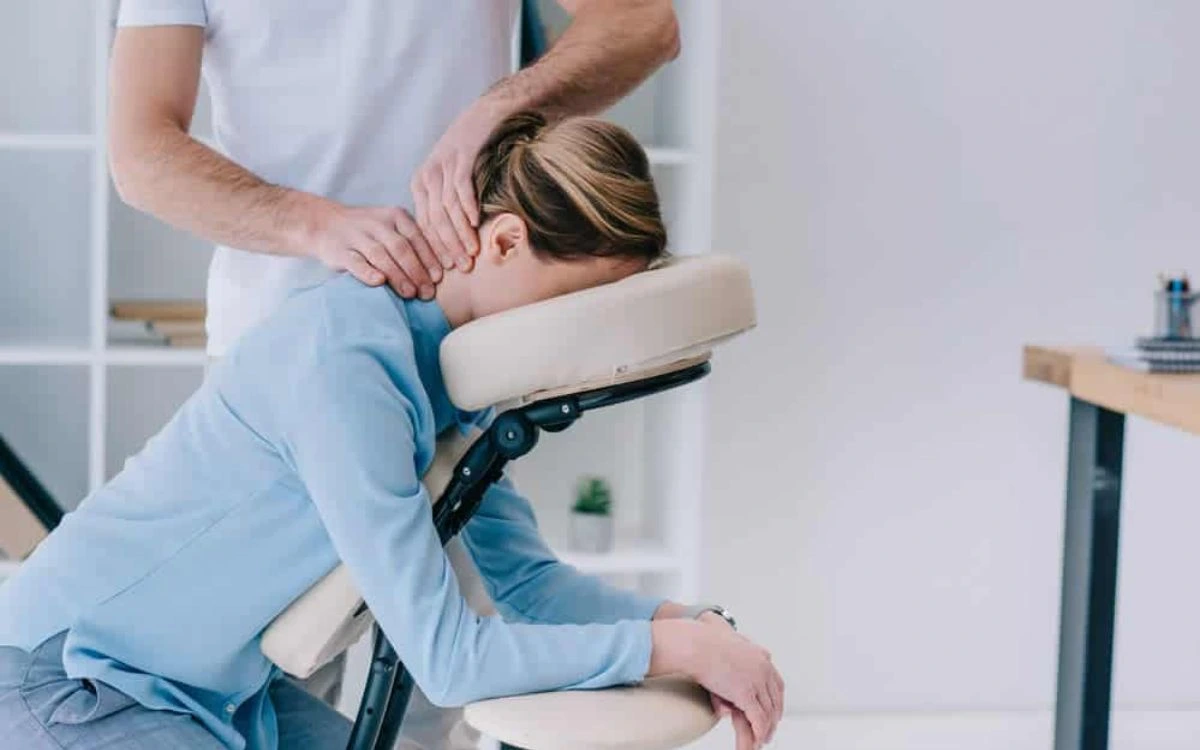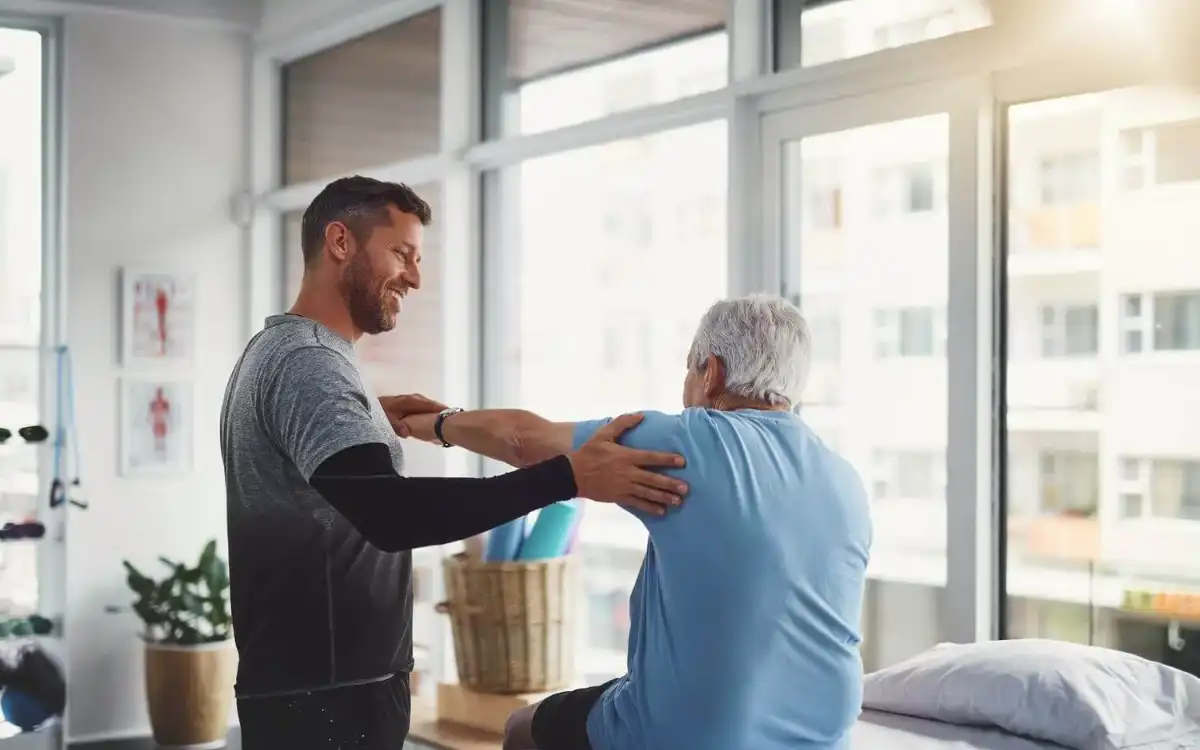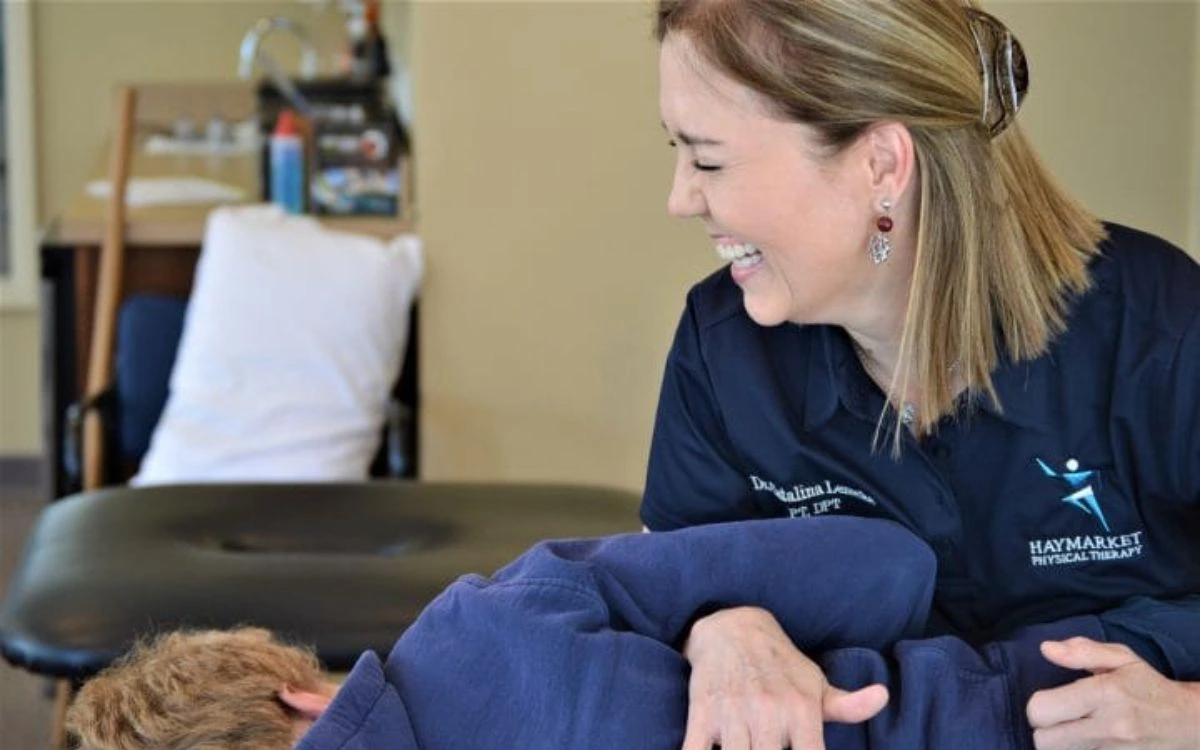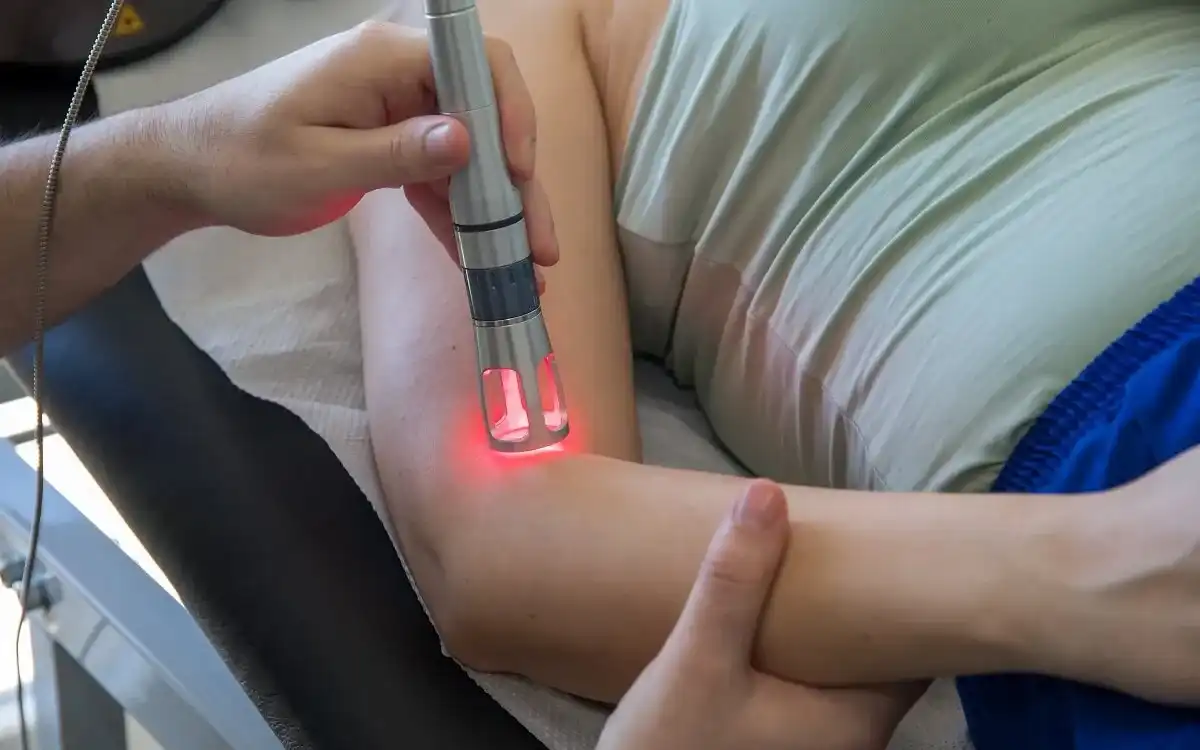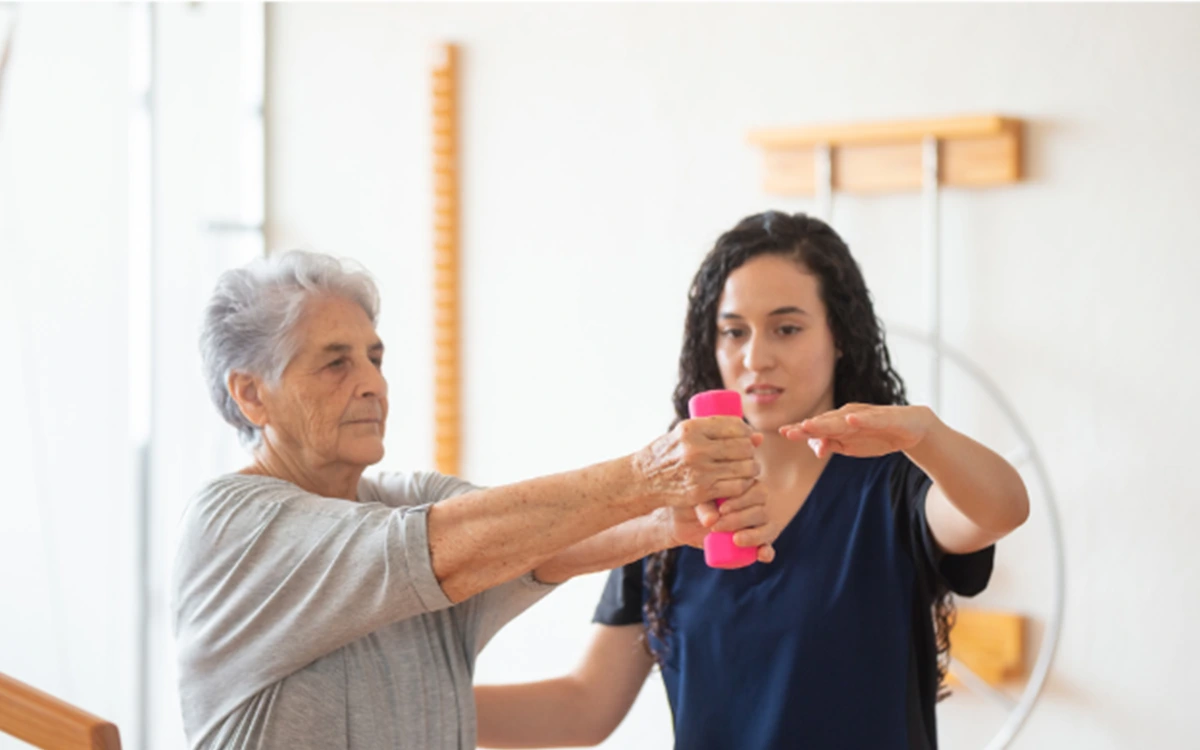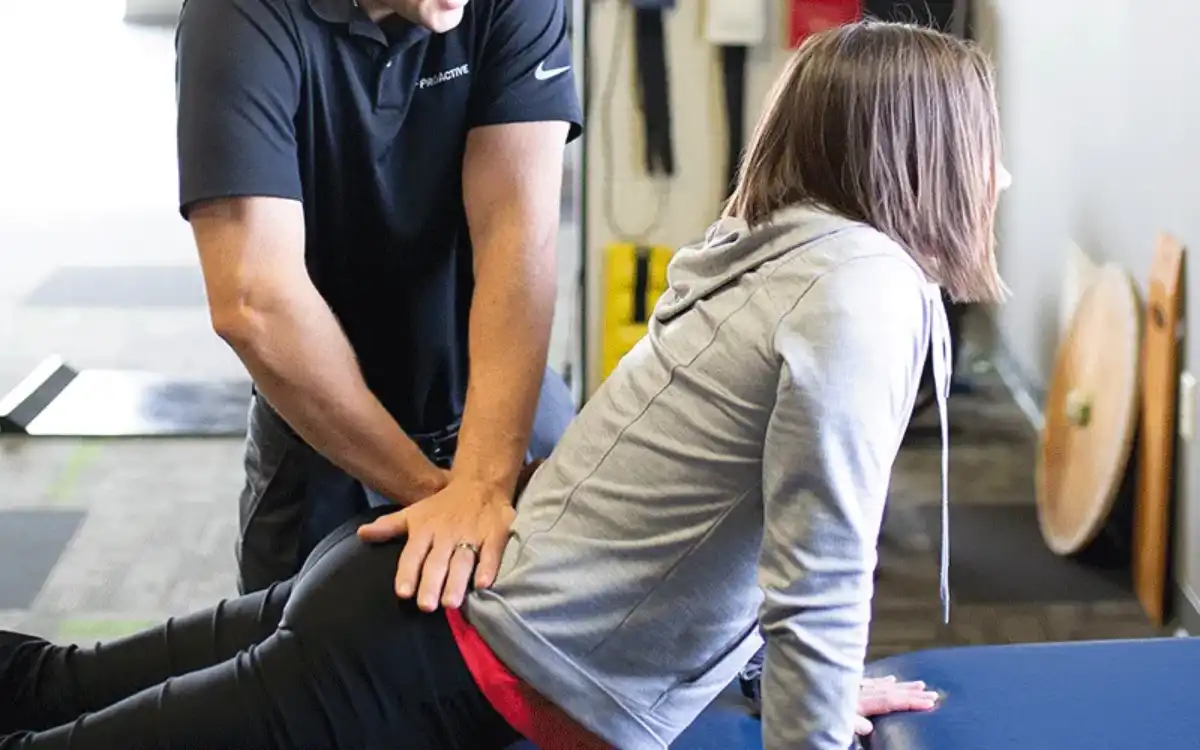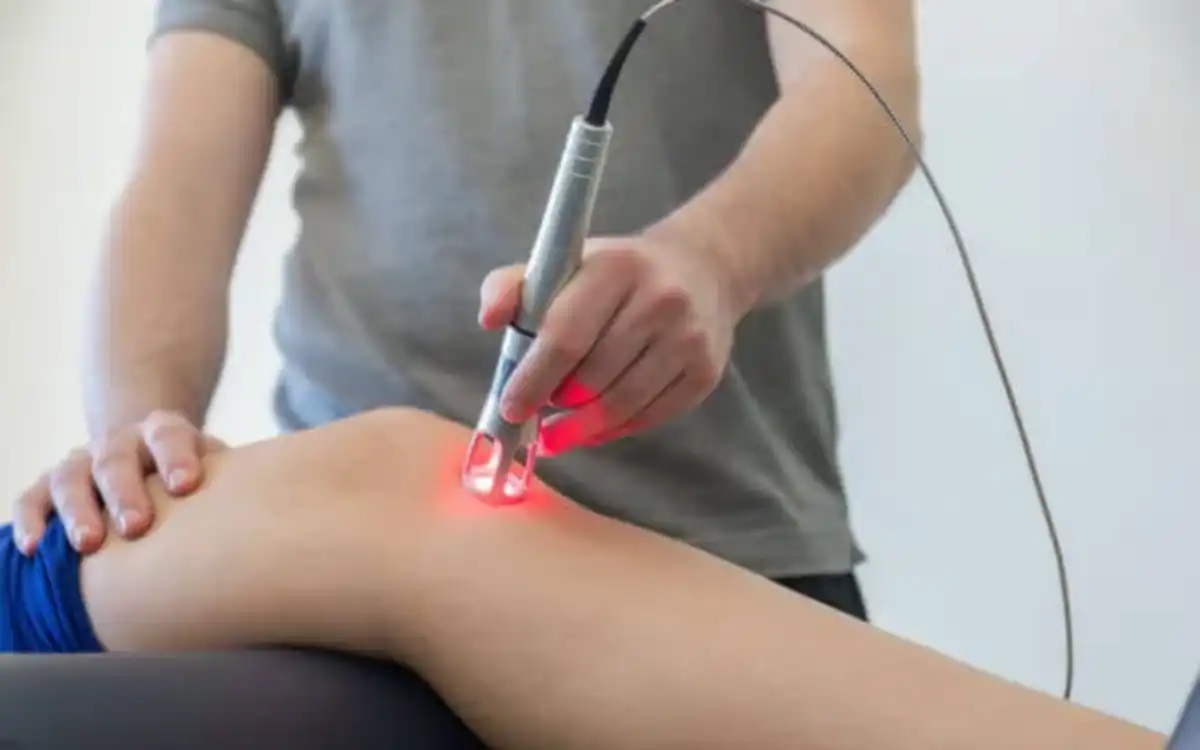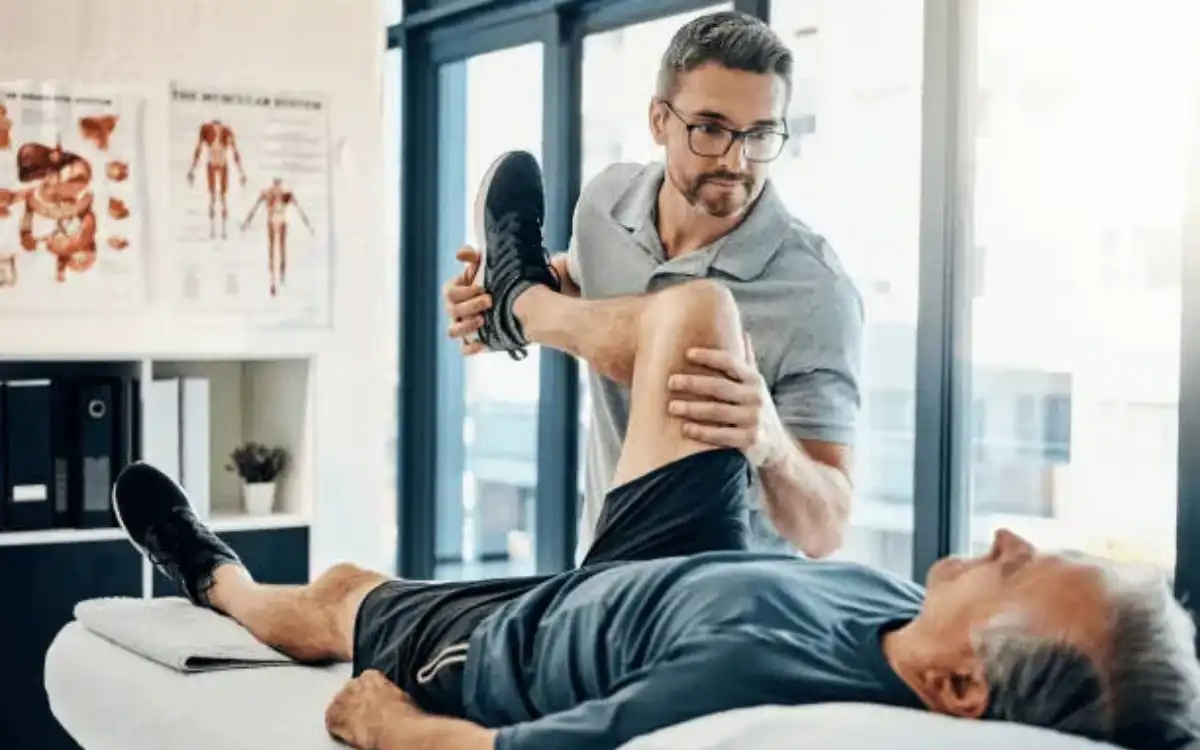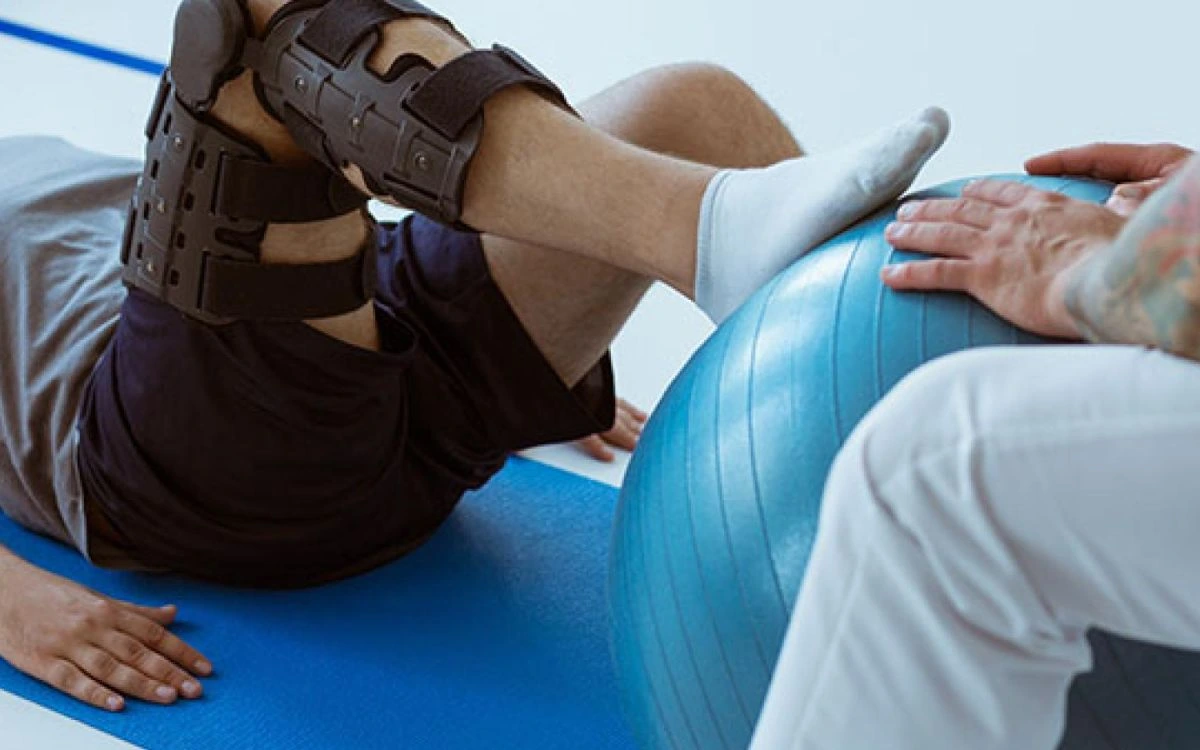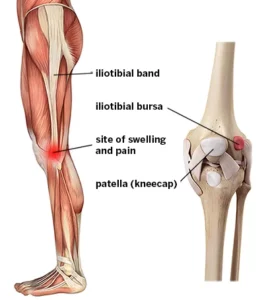OVERVIEW
Iliotibial Band Friction Syndrome (ITBS)
The iliotibial bands (ITB), a long, flat, and strong tendonous structure, originates from the gluteus maximus (TFL) and tensor facia lacta (TFL), muscles at the hip. It runs along the outside of your thigh. It is located in the outer region below the knee joint, and it is also known as GerdyaEUR ™’s tubercle at the lateral condyle.
Iliotibial Band Friction Syndrome (also called ITBS or Iliotibial Band Syndrome) is an inflammation and painful irritation that occurs at the area where the iliotibial bands crosses the lateral epicondyle. This is located just above the outside edge of the knee joint.
ITBS is often caused by repetitive bending and straightening the knee. ITBS is most common in endurance runners who bend and straighten the knee hundreds to thousands times per race. Poor bike setup can lead to ITBS in cyclists. ITBS has also been reported in teens who are rapidly growing.
This painful syndrome is often caused by a combination stress on the ITB, such as:
- Abnormal hip, knee, or foot mechanics (e.g. excessive pronation) during running.
- Repeated overuse (e.g. rapid increases in mileage).
- Poor hip strength and/or endurance
- poor flexibility.
- Shoes that have been worn.
- training on uneven surfaces.
- Incorrect bike fit for cyclists
Recent practiceal research has shown that hip weakness is not a factor in ITBS in runners. However, more studies are needed. Teens are more likely to have hip weakness than adults.
It is best to seek conservative treatment. A physical therapist will assess your walking, running, bike fit, flexibility, strength and foot mechanics. The treatment usually involves rest, stretching, strengthening, and possibly changing to running shoes. Ice is used for acute episodes.
TREATMENT
Possible Treatments
GOALS
Possible Treatment Goals
- Decrease Risk of Reoccurrence
- Improve Function
- Optimize Joint Alignment
- Improve Muscle Strength and Power
- Improve Range of Motion
- Improve Tolerance for Prolonged Activities

